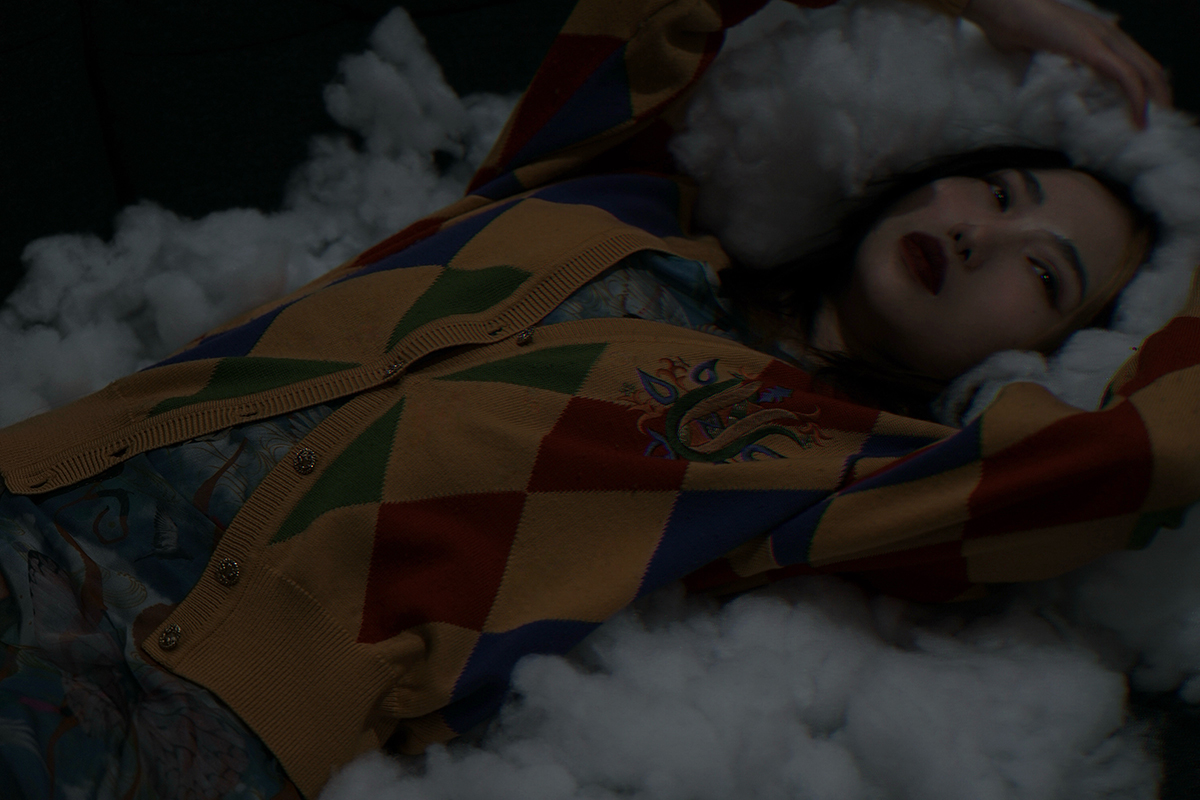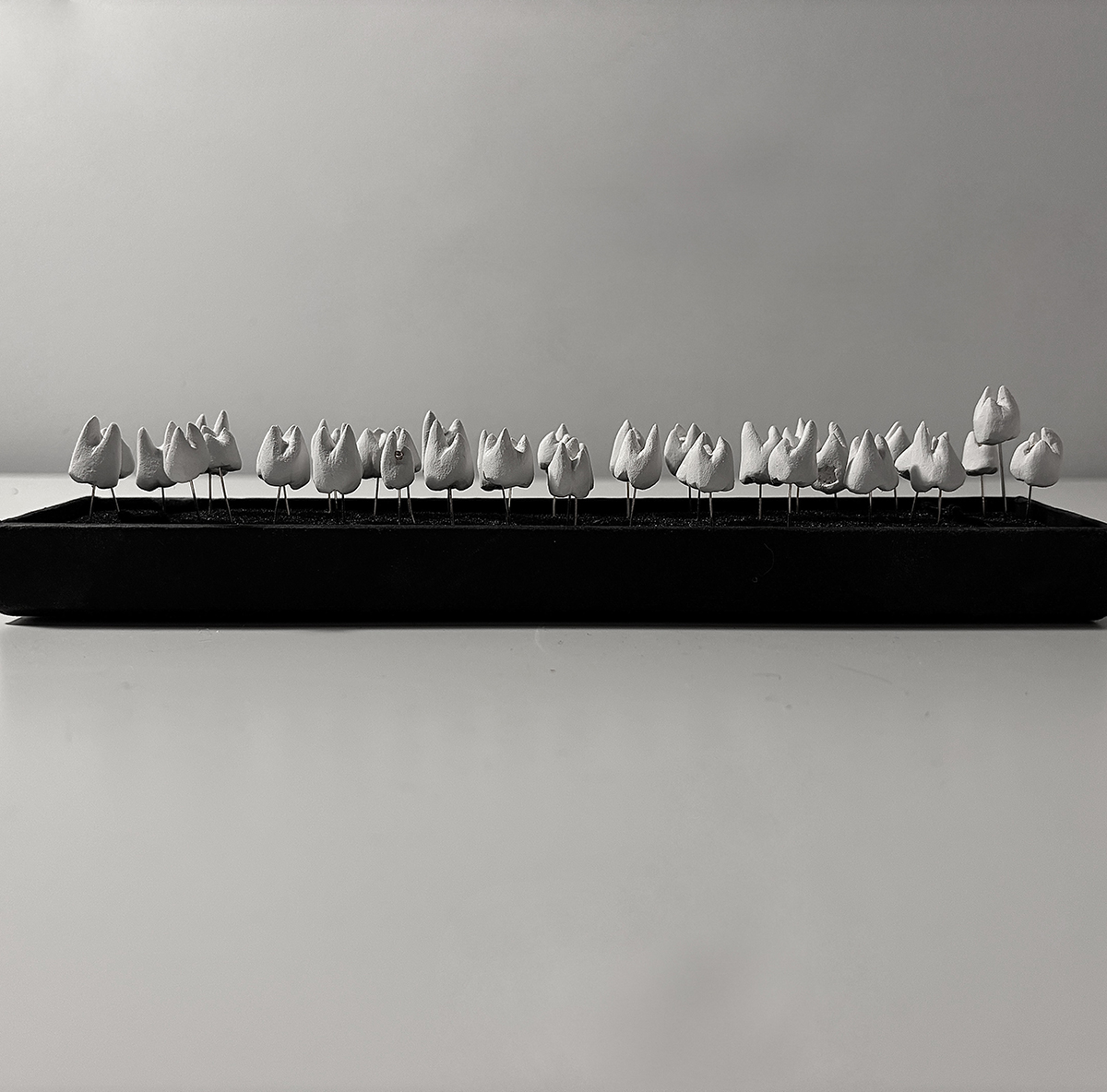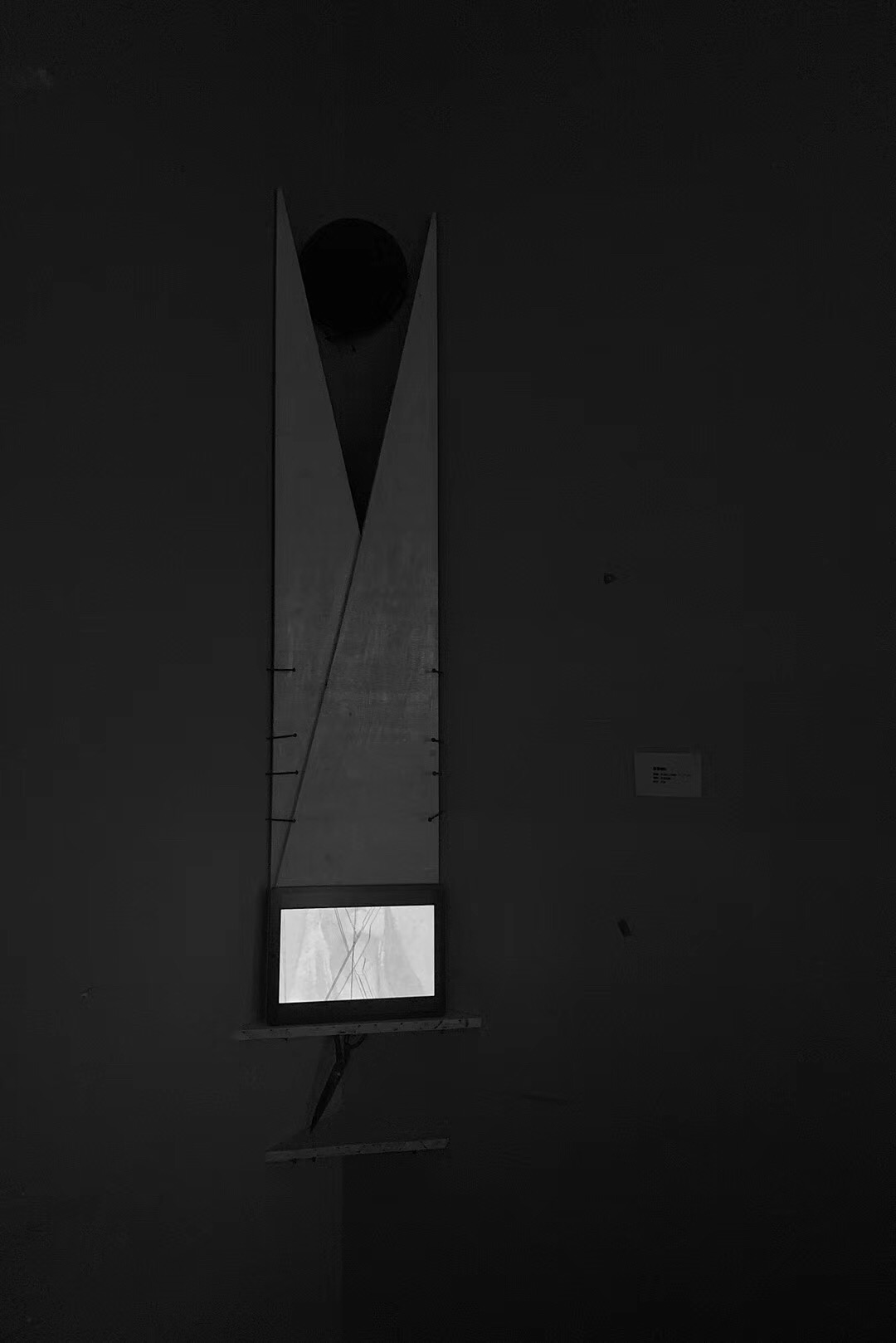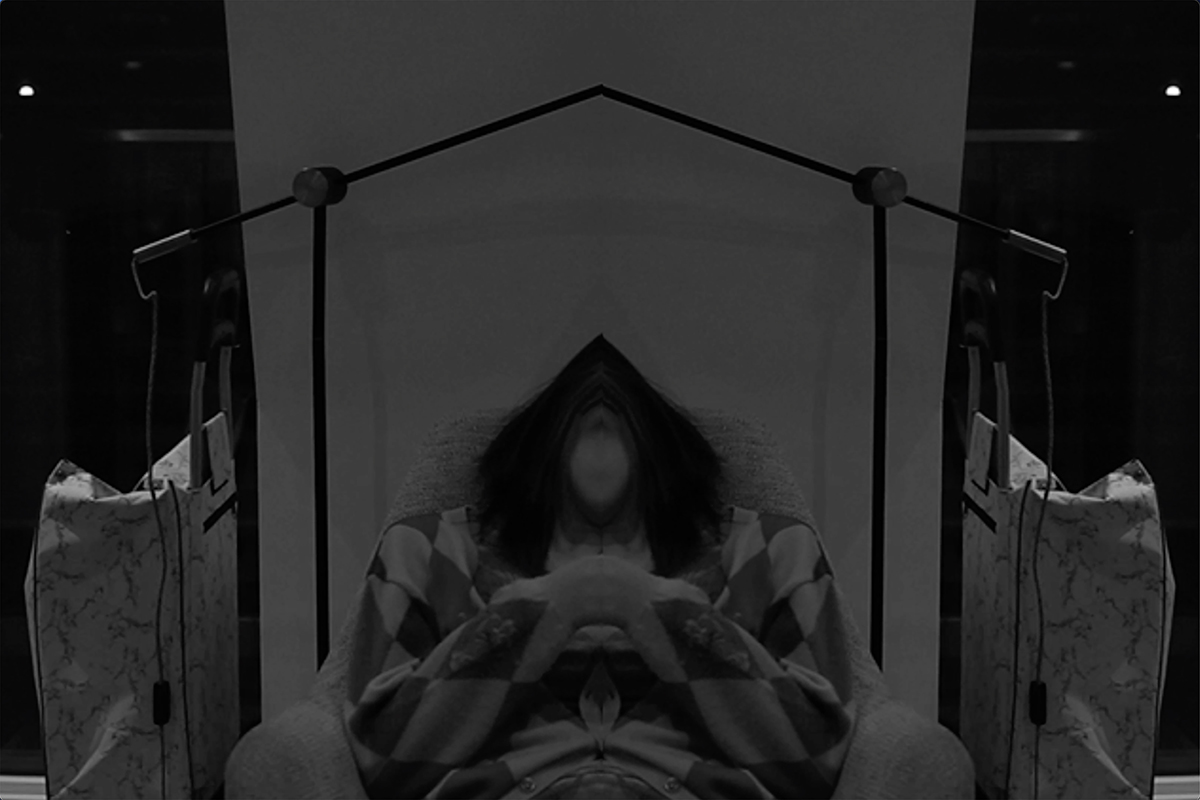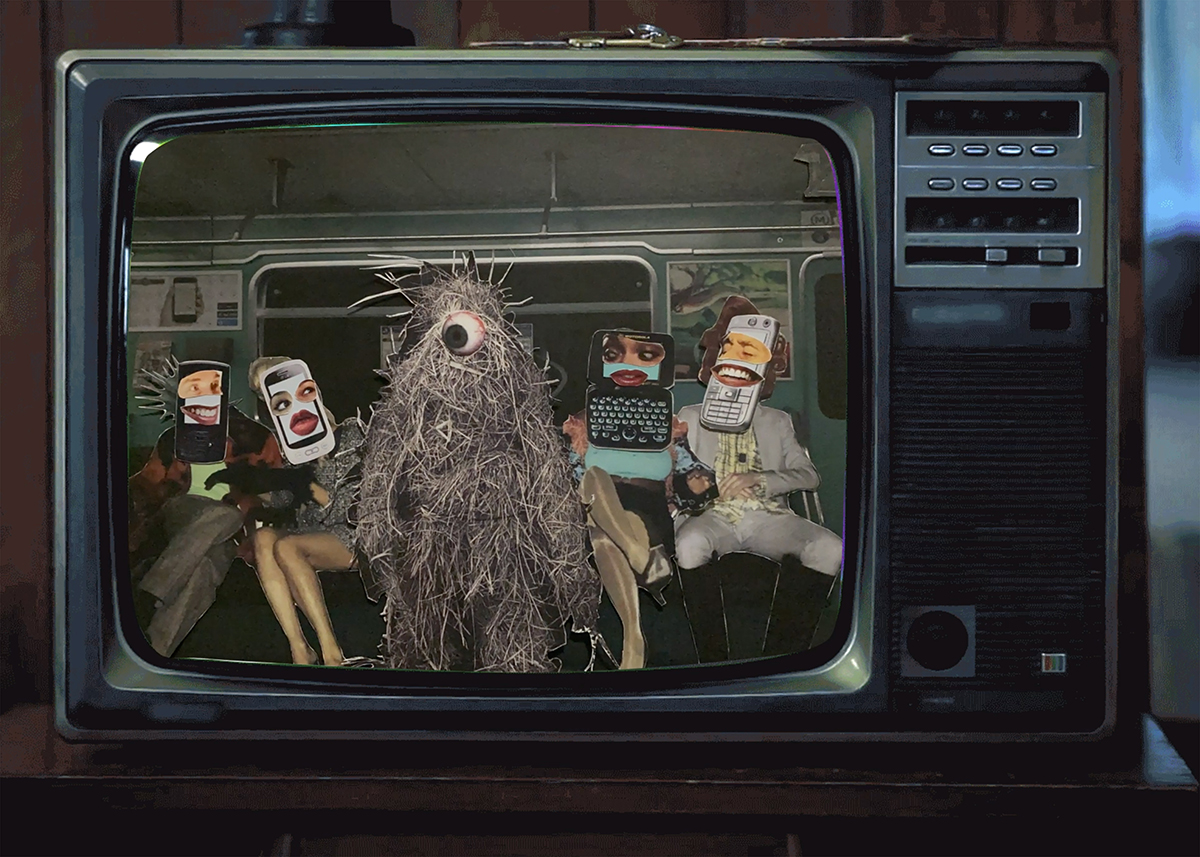Icy Qiao is a London-based multidisciplinary artist whose work spans animation, moving image, sculpture, and installation. Her practice explores the hidden, deep-rooted structures of psychological experience. Autobiographical in nature, her works delve into trauma, identity, and East Asian family structures, dissecting her own history to reflect broader social realities.
A graduate of the Royal College of Art’s Narrative Animation program, Icy blends narrative and experimental techniques in her work, challenging the confines of traditional linear animation and favoring emotionally-driven expression. By turning memory, trauma, and anxiety into tactile and visual forms, she reclaims control over her inner world while opening a space for emotional resonance with the viewer.
Her work was permanently collected by a national first-tier museum in China in 2023, marking significant recognition within both international and domestic art contexts. She sees artistic creation as an ongoing process of psychoanalysis, a way to reconstruct inner order through the continual dissection of memory and emotion. Through this process, she has carved out a distinct space in the field of contemporary multidisciplinary art.
Carving Anxiety: A Psychological Repair from Dream to Material
In her 2025 work ‘A Dream of Teeth Falling Out, Now Real’, Icy visualises subconscious anxiety through a series of clay tooth sculptures. Starting from a recurring dream— where her teeth constantly fall out and are swallowed—she embarks on a process of emotional response and psychological repair. The act of moulding each tooth, with its repetitive and slow rhythm, becomes a bodily ritual of healing. Each tooth carries fragments of the dream while symbolising the reconstruction of personal boundaries and expressive capacity.
As Icy describes:
“During a period of recurring dreams where my teeth would fall out and be swallowed whole, I began recreating each one in clay, as if extracting internalised emotional fragments from my body. Klein’s theory of ‘aggression and reparation’ unfolded through this process as I transformed unspeakable anxiety into tangible material. The teeth became both remnants of dreams and symbols of rebuilding self-boundaries and the ability to express. As I made them, my real-life anxiety gradually eased.”
This work not only continues her deep engagement with psychology but also further demonstrates her use of multimedia to delve into personal experience.
Self-inflicted Pain: Tracing Emotional Echo Within Family Fracture
Created in 2019, ‘Self-inflicted Pain’ is one of Icy’s most emotionally charged early works. The two-minute short film blends live-action and animation, breaking traditional narrative structure to explore how emotion ferments through memory in a non-linear fashion.
The work was inspired by a childhood memory of witnessing her mother cutting her own face out of a series of family photos, an act of silent defiance that became a point of departure for Icy’s reflections on disconnection, psychological rupture, and the internalisation of pain. Referencing Adler’s idea of the ‘comfort zone of trauma,’ she explores how emotional mechanisms trap individuals in cyclical replays of past events.
Incorporating seven elements and six actions, the film gradually blurs the boundaries between imagined pain and reality.
As one of her early pieces, its form is restrained, but through structural deconstruction and rhythmic repetition, Icy begins translating private family memories into an abstract
visual language, allowing individual experience to resonate emotionally with viewers. This work marks the beginning of her ongoing exploration into the relationship between emotion, memory, and the body.
Narrative Collapse: Absurdity and Fragmentation in the Information Era
In works like ‘Brain Travel’ and ‘Stream’, Icy continues using animation and live-action techniques to critique the cognitive disarray and social homogenization of the digital era. She consciously breaks the coherence of linear storytelling, allowing fragments, repetition, and ambiguity to become the structural core of emotional narrative, mirroring the anxiety and fragmentation we experience in real life.
Her practice questions not only media forms but also the capacity of narrative itself to carry emotional experience.
The Shadow of Symbiosis: Emotional Silence in East Asian Family Structures
Icy’s work consistently examines the complex psychological dynamics of East Asian family culture, particularly pathological symbiosis, blurred emotional boundaries, and long-term repression. She investigates phenomena such as ‘giant baby syndrome’ and the ‘great mother’ family dynamic, translating these culturally embedded structures into symbolic visual language through animation, moving image, and installation.
Through this ongoing process of self-analysis, she offers viewers a space to reflect on how we are shaped by cultural forces—and how art can become a gentle form of resistance.
Language and Its Wording: An Artistic Practice Where Content Chooses the Medium
Icy’s artistic process is never constrained by medium. For her, art is a language, and the medium is its phrasing. She does not impose fixed forms, but lets the authenticity of expression guide her choices, selecting the medium best suited to each project’s emotional and thematic weight. Animation, live action, installation, sculpture—these are the shifting vocabularies she uses to tell her stories.
Her works are often born at the intersection of personal memory and social psychology, focusing on how individuals locate themselves within family structures, cultural identities, and emotional trauma. When faced with inexpressible experiences, she carefully constructs formal and narrative frameworks to give emotion a space to land and opens the possibility for deep, reflective dialogue with the audience.
In her practice, there is no fixed technique or predetermined aesthetic, only a persistent pursuit of emotional resonance that always begins with content. It is this freedom and honesty that give her work its enduring strength.
